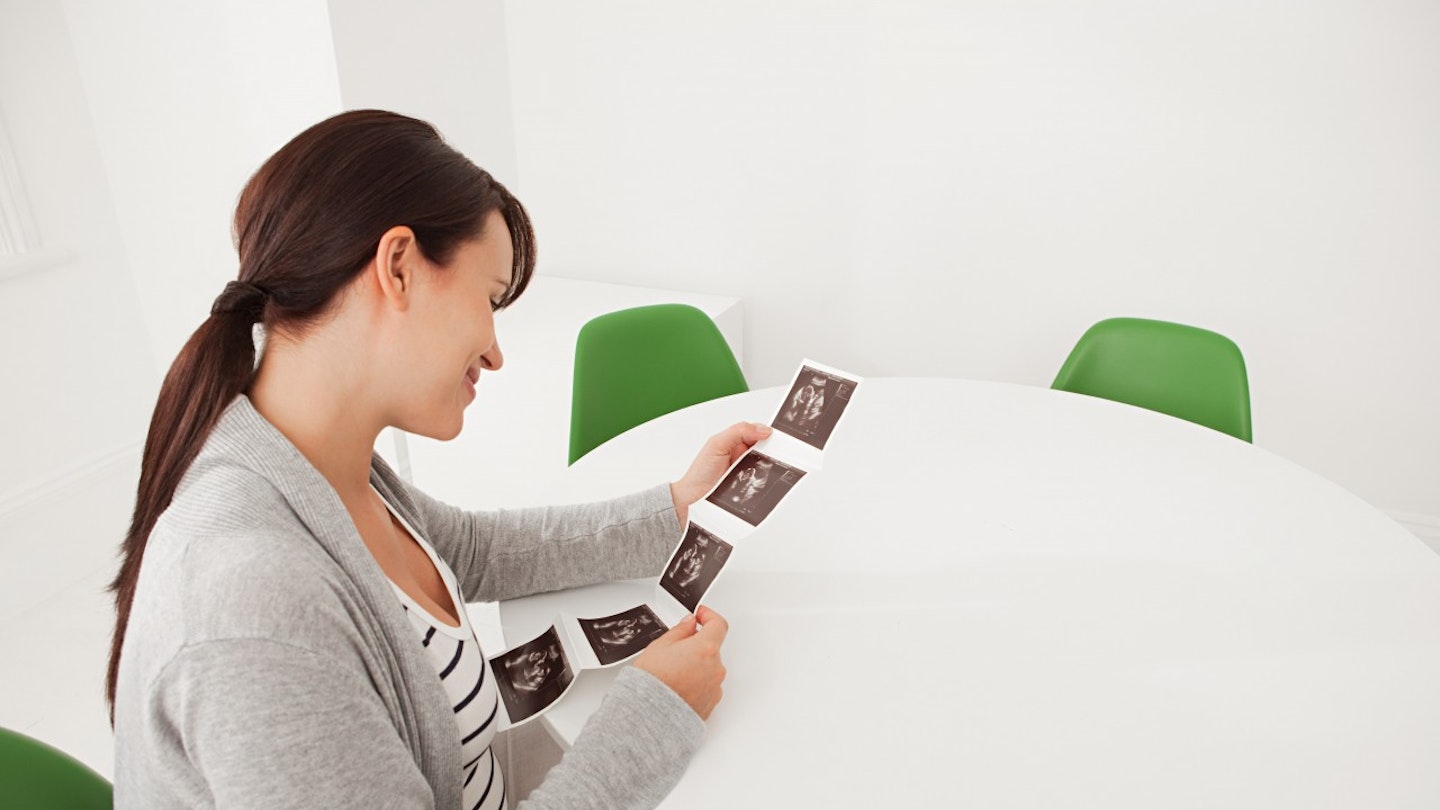It’s a mum-to-be milestone, so get clued up on what actually happens at your 20-week scan.
As pregnancy events go, your anomaly scan is up there with one of the biggest in your antenatal care timetable. It tends to be referred to as your 20-week scan, but can actually happen from then up until about 22 weeks, so don’t worry if yours is booked in for a bit later.
While this scan often revolves around the excitement of finding out whether you’re having a boy or girl, there are other important elements to be aware of.
Why is it called an anomaly scan?
The only reason this mid-pregnancy ultrasound scan is sometimes called an anomaly scan, is because the sonographer will be looking for any fetal abnormalities at this time and make sure baby has developed properly.
But don't worry, this screening test is completely routine, and is nothing to be worried about, the appointment is mainly about confirming everything spotted in your 12-week scan – so the number of babies you’re carrying and a heartbeat – as well as seeing how your little one’s developing.
What is the sonographer looking for at the 20-week scan?
Consultan obstetrician and gynaecologist Shreelata Datta tells us, ‘From 20 weeks, we can clearly see individual structures in your baby, such as his heart and brain.'
‘So, your sonographer will make sure his internal organs are developing as expected and how things like his hands, tummy, face, spine and feet are forming, as well as the circumference of his head. All this can help detect certain conditions including cleft lip, heart defects and spina bifida.’
The location of your placenta will also be checked as, if it’s lying low (placenta praevia), this can affect your birth. And of course, you can usually find out the gender of your baby and whether you're pregnant with a baby girl or boy! This is the first time you'll accurately find out what the gender of your baby is, and it's much more accurate than a Chinese Gender Predictor.
In essence, this appointment is about confirming everything spotted in your 12-week scan
‘There’ll be a chat with whoever’s doing your scan beforehand, so you can ask any questions and tell him or her whether you want to know the sex,’ says Shreelata.
If you choose not to but change your mind later on, finding out is easier with some hospitals than others.
‘Departmental policies vary, so ask about this,’ says Shree. ‘Some ultrasound reports contain the baby's sex while others don’t, so another scan may be necessary.’

What happens during the 20-week scan?
This scan appointment is pretty much the same as your first one (yep, you can bring someone with you and yes, you’ll need a full bladder again) the sonographer will examine the baby and you'll be able to see baby on the screen, although be prepared that it may take a bit longer than your 12 week scan – between 30 minutes and an hour – because it’s looking at more measurements and aspects of your baby’s development.
‘Timing depends on who is doing your scan and what they’re seeing,’ explains Shree.
‘Afterwards, they’ll talk you through findings or refer you to a midwife to do that – it varies from hospital to hospital.’
More than 45,000 women have an anomaly detected at their 20-week scan each year; for advice and support, visit the charity ARC website.
Is the 20-week scan safe?
There are no known risks to the baby or you from having an ultrasound scan, however the 20 week anomaly scan may provide information that may mean you have to make some important decisions.
For example, if any defects are discovered or the sonographer has concerns about the baby's development, you may be offered further tests that have a risk of miscarriage, and you'll need to decide whether or not to have these tests.
How big is my baby at 20 weeks?
Your baby is now about six and a half inches or about the size of a small cantaloupe melon. Read more about your baby at 20 weeks, including her body developments and what's going on with your pregnant body at this milestone.
